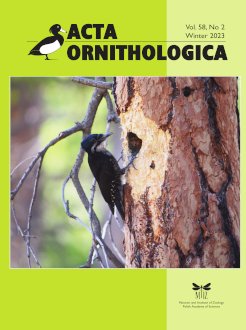Hops (mainly Humulus lupulus varieties) are a globally significant agricultural crop, known mainly for their use in the brewing industry. Hop plantations create unique habitats for birds, with structural poles potentially serving as nesting sites for cavity nesting birds. We surveyed 321 hop plantations (inspecting 100 random poles in each) during the 2023 breeding season in Bavaria, Germany, and examined structural poles for the presence of nesting birds. We found 219 breeding pairs of 11 cavity-nesting species. The most frequent nesting species were Common Starling Sturnus vulgaris, Tree Sparrow Passer montanus, and Great Tit Parus major. The most nesting cavities were found in wooden and concrete poles, while metal poles were largely avoided. Nesting sites in metal and concrete poles were often selected due to structural imperfections, whereas wooden poles contained mainly cavities excavated by woodpeckers. We advocate for the retention of wooden poles over concrete/metal poles, as they are crucial nesting sites for birds which are important in pest control in hop plantations. For modern hop plantations with non-wooden poles, we recommend the use of nest boxes which can compensate for the loss of nesting sites and support local breeding bird populations.
How to translate text using browser tools
29 May 2024
Birds in Bavarian Hop Plantations: Nesting Preferences for Different Structural Pole Types
Marta K. Nowak,
Peter Mikula,
Łukasz Jankowiak,
Zuzanna Sawinska,
Annette Menzel,
Piotr Tryjanowski
ACCESS THE FULL ARTICLE
<
Previous Article
|

Acta Ornithologica
Vol. 58 • No. 2
Winter 2023
Vol. 58 • No. 2
Winter 2023
bird diversity
cavity nesters
Farmland
Germany
hop plantation
pest control




